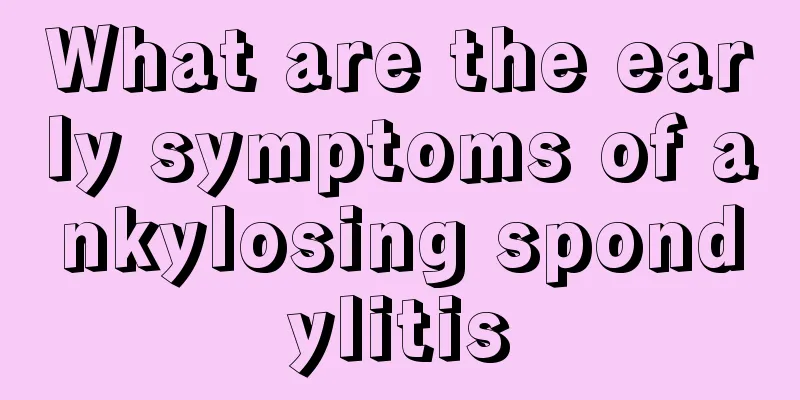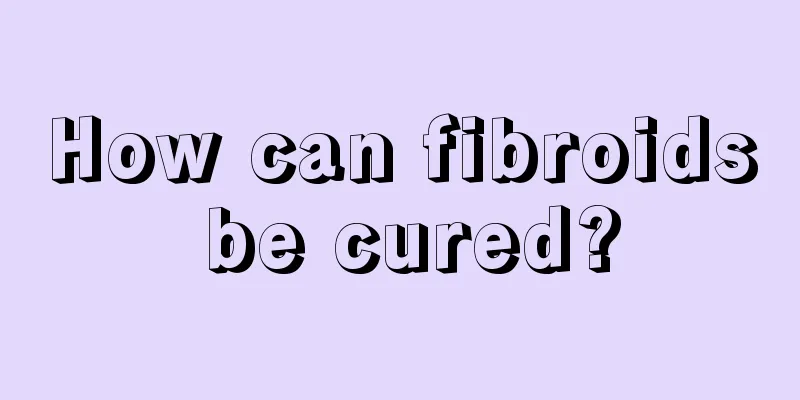What is the best treatment for ovarian tumors

|
Ovarian tumor is a general term for ovarian swelling, enlargement and neoplasms. It is a common gynecological disease that can occur from young children to the elderly. There are many types of ovarian tumors, which are divided into physiological and pathological types. Physiological tumors include follicular cysts and corpus luteum cysts. Pathological tumors are divided into neoplasms and non-neoplastic tumors. Non-neoplastic tumors include endometriosis, polycystic ovaries, etc. Neoplasms are divided into benign and malignant, and some are in between benign and malignant. Ovarian tumors are usually referred to as neoplasms. Characteristics of ovarian tumors Ovarian tumors can be benign, borderline, or malignant. Their pathological morphology varies. Based on the histogenesis of the ovary, they can be divided into: (1) Germinal epithelial tumors account for about 40% of all tumors, including serous, mucinous, and mixed epithelial germinal tumors, with a high rate of malignant transformation. (2) Germ cell tumors originate from germ cells and their derived tissues, including dysgerminoma, teratoma, endodermal sinus tumor, choriocarcinoma, and other tumors. (3) Sex cord stromal tumors account for about 6% of ovarian tumors. This type of tumor is more complex. Various cells can form corresponding tumors separately. Two types of cells, ovarian or testicular, can appear in the same tumor. In some cases, four types of cells can be seen in the tumor at the same time. (4) Steroid cell tumors Steroid cell tumors are composed of large round or polygonal cells similar to luteal cells, interstitial cells, and adrenal cortical cells. They were previously called lipid cell tumors or lipoid cell tumors. Treatment of ovarian tumors 1. The treatment principle of benign ovarian tumors is surgical treatment. The scope of surgery can be selected according to the patient's age, fertility requirements and tumor conditions: tumor resection, unilateral oophorectomy or bilateral adnexectomy, etc. 2. Malignant ovarian tumors are treated with surgery, supplemented by chemotherapy or radiotherapy. In principle, the scope of surgery should include total hysterectomy and bilateral adnexectomy. Omentectomy should be performed at the same time for stage ic and above, and radical surgery should be performed for stage ic-, including total hysterectomy, bilateral adnexa, omentum, appendix, retroperitoneum, para-aortic and pelvic lymph node resection. Metastatic tumors and other affected organs should be removed as much as possible. Ovarian cancer is relatively sensitive to chemotherapy, which can be used before, during, and after surgery as appropriate. Combined chemotherapy is now widely used, and intraperitoneal chemotherapy has regained attention in recent years. Radiotherapy is often used as an adjuvant treatment after surgery. Immunotherapy is one of the adjuvant treatments. Treatment and monitoring of malignant ovarian tumors is very important, and re-exploration is an important means. |
<<: What medicine can eliminate ovarian tumors
>>: What Chinese medicine is good for late stage ovarian cancer
Recommend
What are the symptoms of poor spleen and stomach? How to regulate poor spleen and stomach?
When there is something wrong with a part of our ...
Will starch turn into fat?
The main reason why people gain weight is because...
Can I eat black pepper if I have gastritis?
Long-term unhealthy and unscientific diet will le...
Why is the mouth crooked
Maybe many people suddenly find that their mouth ...
How can men prevent breast cancer? Eating less and exercising more can prevent male breast cancer
Breast cancer is not only a disease for women, me...
Effective methods are needed to prevent lymphoma
The incidence of lymphoma in my country is not hi...
Can small ears be enlarged?
Many people don't actually pay much attention...
What are the benefits of eating passion fruit
Passion fruit is both a fruit and a plant. What m...
What foods are good for chronic eczema
When chronic eczema occurs, patients are advised ...
The neck and chin became thicker and the face became swollen
People's skin may appear watery. This may be ...
What is the best food to eat to recover quickly from stomach pain?
Among the millions of people in life, there are a...
What are the causes of gallbladder cancer
At present in our country, the incidence rate of ...
What are the symptoms of goiter nodules
Goiter nodules are a disease that we often hear a...
What are the methods for correcting deformed teeth
Many people have dental problems, among which def...
How to improve dark lips
There are many reasons for dark lips, such as lac...









